Most of our winter gear such as the pillows, sleeping bags, sleeping pads and duvets are filled with the natural-fill of duck or goose down. It was derived from the ducks and geese as the well-insulated birds that dwell in water with geese being the larger of the two. The base-layers of these birds are exceptionally good in insulating our outdoor gear against the extreme climatic conditions. Because of such properties, manufacturers of winter apparels use either duck or goose down as insulators over synthetic ones. But which is the best? I have compiled a comprehensive review that entails the duck down vs goose down in a quest to help you decide that which is the best.
Others probably know the duck down as an abundant insulator in most products such as the sleeping bags and duvets, but seldom know about geese down because of its scarcity. The abundance of duck is made possible by its abundant and regular consumption as meat in other countries. Goose, as said already, is the most scarce of the two. In case you find it, it will certainly be at higher prices, more especially for the highest fill powers.

The gap in qualities between the duck and the goose down is gradually reaching an intersection due to innovative technologies that enhance the duck down after processing it in order to reach high fill powers and mimic the goose down. With that being said, I believe I have already given you a hint that, in fact, these two materials do differ. I will delve into some features below in a bid to compare these powerful insulating materials. But, precisely, it all comes down to the warmth and price. Other features are essentially identical.
Duck vs Goose Down features
Fill Power
The strength of the down is reflected in its fill power and fill power is defined as the cubic inches per ounce of down. Larger down clusters have higher fill power. As thus, goose down is seen to have the largest down clusters and this makes it the winner when coming to down fill power. But, as indicated above, some new developing technologies gradually close the gap between these insulating materials.
There are various fill power ratings with the lowest, ranging from 550 to 650, the medium typically from 650 to 800, and the highest from 800+. Goose down can have the fill power rating of up to 1000, but with such high rating you will have to break your bank to have it because they are too expensive. Keep in mind that goose down is scarcely available mainly due to the reason I indicated above regarding the scarcity of this goose bird. The other attributable factors could be the economic costs, because designers may be reluctant to spend so much money on fewer consumables.
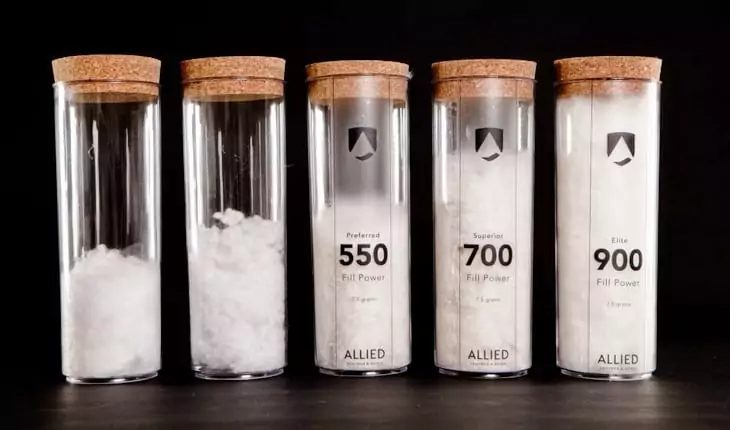
On the other hand, duck down can have higher fill power of 850. But with recent technologies, it has been anecdotally reported that it can even reach 1200. That will be the highest duck down that offers a fierce competition to goose down. It will, however, be available at exorbitant costs too.
Fill Weight
There is also the fill weight to take into account as the feature of either duck or goose down. Fill weight should, however, not be confused with fill power. Having the high fill weight doesn’t consequently mean that the garment will be warm. In fact, the higher the fill weight is the lesser the warmth. As an advice, if you find a duvet that weighs more, you must be skeptical of its warmth. Obviously, it will be relatively inexpensive.
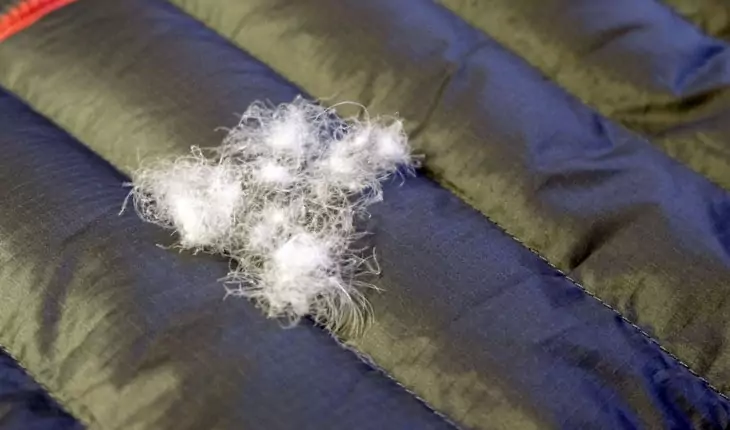
In terms of comparison, it isn’t clear as to which one commands the highest or the lowest fill weight between duck and goose down. But, because of the inverse proportion between the fill weight and the warmth, we might come to the conclusion that goose down has the lowest fill weight due to its relatively high warmth.
Warmth
Warmth is a selling point of down insulators. It is the main reason why would others choose down over synthetic insulators. To compare duck and goose down with regard to warmth feature, seems to be a mammoth effort due to infinitesimal differences. However, my research findings have proved that goose, the largest bird of the two, still comes on top with that.
Because of the larger clusters that goose has, more of the body heat is being trapped and distributed evenly. So, similarly, goose down, with its larger clusters (fibers) will be able to trap more heat and distribute it evenly for you to get warm. This is one of the reasons why some customers are willing to invest more in goose down garments because of these unmatched warmth qualities.
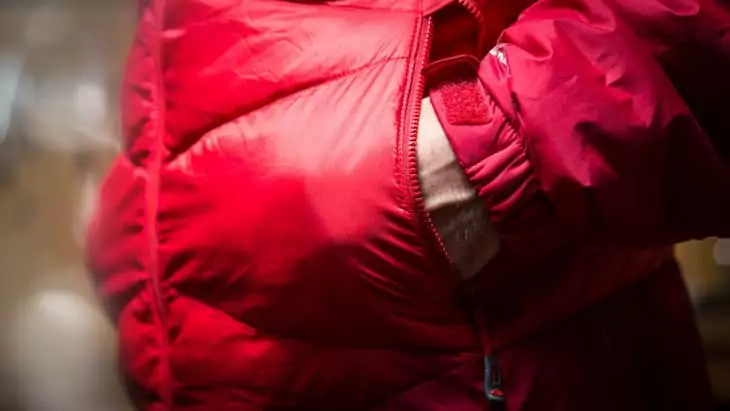
But, nonetheless, duck down is still equally competitive as well with its greater warmth. Just not as great as the goose down. As I have already cited the emergence of new technologies, processors are being able to maneuver the high fill power of duck down by carefully selecting the clusters and weaving them together. This is of course quite demanding, and promptly leads to higher prices in response to enhanced warmth that matches the geese down. And for this reason, it will be virtually challenging to even separate the insulating strength of these down materials beyond the physical appearance of clusters.
Durability
Durability is also the toughest feature comparison between goose and duck down. Many may be tempted to conclude that they are equally durable. But looking at it closely, the durability of these insulating materials is partly reinforced by the fat and oil content that each bird has. It is, however, not clear that which bird has more oil and fat content than the other. We may have to assess the feeding plans for these birds.
Moreover, processing process also plays a significant role in durability. For instance, we need fat and oil content included in our down for resilience and pliability purposes. If more fat and oil, have been removed, the down material may have a limited durability, because then it will be susceptible to brittleness once dry. That being said, you mind out that a certain garment from one manufacturer with the same features is more durable due to how it was processed. This is beyond our control. All we need is to check that which manufacturer is more reliable with quality down.
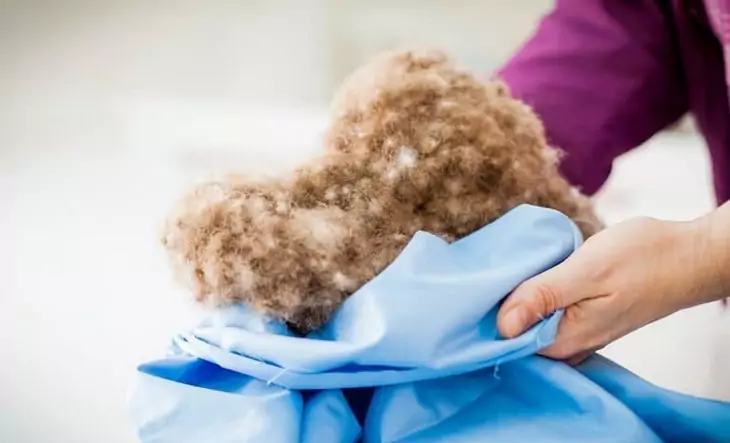
But the final thoughts are that, goose down may emerge as the winner with regard to durability because of its larger clusters. The difference isn’t that significant but worth considering. Also noteworthy is how you care for your garment in order to improve its longevity, although caring as well doesn’t give us an obvious conclusion about durability.
Odor
As natural products derived from animals, goose or duck down may signal some scent. As I have just indicated that fat and oil content is included in order to enhance pliability and resilience of these insulating materials. So much of the scent is attributed to that. There’s nothing you can do about that other than treating it and making sure that it is cleaned. Some manufacturers treat down with DWR (Durable Water Resistant), which somehow lessen the odor. But the odor isn’t that unpleasant that you can be discouraged to buy a down garment. Also the eating habits of these birds play a role in the odor since the odor is vested in their fat and oil content. Because goose primarily feed on grass, it emerges as the less odor-causing bird.

These are mainly the critical features that warrant comparison between these insulating materials. The other factor may be the pricing. Apart from fill powers, the goose down is quite expensive compared to the duck down with the same fill power and fill weight. The main reason behind that is, as already cited, the scarcity of goose down. So, because of limited supply versus an increased demand, the companies that derive the goose down up the prices. But a goose down of, for example, 550 will cost less than a duck down of 850. Fill power also takes a center stage of the pricing of these natural insulating materials.
Caring and Cleaning Duck and Goose Down
There is no much of the difference between caring and cleaning the duck and the goose down. To enhance durability, you have to care and clean the down-filled garment, but not frequently. It is important to check the label first that is usually affixed on to the pillow, duvet, or sleeping bag to see the care instructions. Some of the instructions may indicate to you if the fabric is machine/laundry washable or only take it to dry clean it. Comply with the instructions to avoid the devoid of warranty.
As a generic advice, stay away from bleach and other chemicals in washing either the duck or the goose down. Such attempt could mess up your garment and send you to the store again. A mild liquid detergent is recommended in this case as an effective solution. And also avoid hot water because it might affect the fat and the oil content of down. Luke warm water is recommended to make sure that the loft and comfort of your down is retained.
Here are some tips and tricks in washing down sleeping bags, check it out.

For machine wash, set it low settings. And do not over-burden the machine with many clothes. Otherwise your beloved down garments may end up fraying. Also important is to separate the garments. Like colors should be washed separately. And when tumble-drying, also set it to medium settings to avoid too much heat. I recommend drying the down-filled product on a clothes rack or line for optimal results. If drying the duvet, continually turn it upside down for an even dry. By following the washing instructions well, your goose or duck down may last you many years. Even after washing, it isn’t quite obvious that which down material is more durable. It actually depends how you care for it.
Which down should I purchase?
Given the aforementioned comparison of features, it shouldn’t be overwhelming anymore to pick the down of your choice. But my advice would be based on warmth and price.
Warmth
Assuming that goose down is readily available as well, for extreme temperatures goose down is the best pick. Because of the high fill power and greater warmth that I endorse it for harsh temperatures. Preferably go for high fill powers over heavy garments. You may find goose down in a broad range of outdoor gear such as duvets, sleeping bags, jackets and pants. The advice is to go for the 100% goose down. The garments that say, for example, 85% goose down have the other 15% attributable to feathers not the base-layers of the bird. The feathers are unfortunately not as warm as the base layers. Here’s an article on the best winter coats for extreme cold to give you more information.
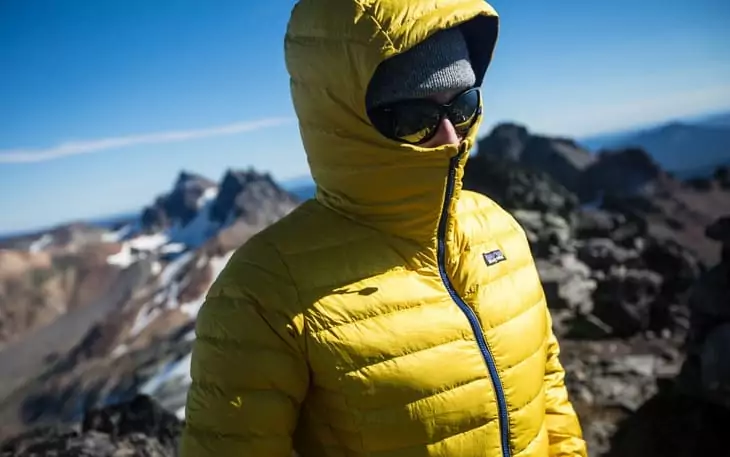
Duck down is also a great choice for mild temperatures compared to goose down. Only when compared to goose down! But you can still survive the inclement climatic conditions with duck down of high fill power although exorbitantly expensive. With the gap between duck and goose being gradually closed by additional processing techniques, it may be hard to say which has a superior insulating power later on. Once again reiterated, do not be deceived by the down with a high fill weight. It doesn’t necessarily mean greater warmth. Only fill power is essential.
Pricing
Even if you may desire a high fill power, the budget can be the ultimate decision-maker. For budget-constraint buyers, duck down is the best choice, particularly the mediocre one with a fill power of 500 to 650. For higher fill powers and loft, you have to spend even more. On the other hand, goose down is for the die-hard investors in outdoor gear. It commands high prices to secure a piece of goose down. High fill powers are a no-go area for budget-constraint buyers.
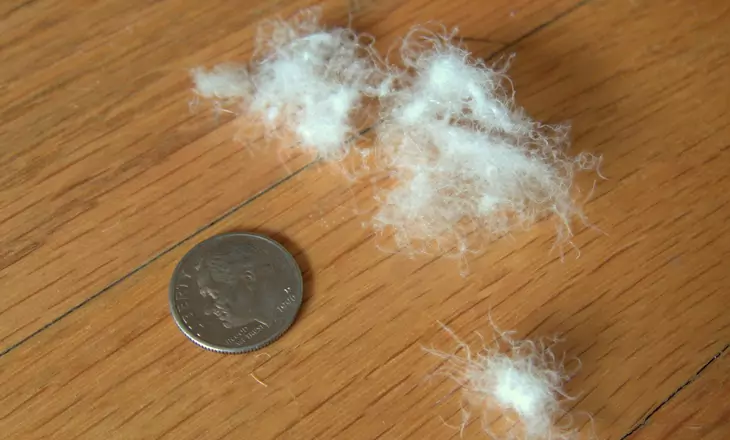
Remember that you can find a goose down that can rate up to 1000 FP. The exciting part about higher fill power goose down/duck down is the fact that it is lightweight. So that will be a great buying decision for ultra-light hiking enthusiasts.
Final thoughts on This Topic
If you were confused about the difference between goose and duck down you probably know by now that which one is close to being superior. Both materials are exceptionally in heat insulation. You can opt for any one of them to protect you against the cold nights in the wilderness. Choosing any of them can be encouraged by personal preference because there’s not much of the difference. Only the warmth and the price are the selling points.
The goose has once been more readily available insulating material until recently when its consumption has plummeted. Duck down is a byproduct of meat consumption, so it is readily available among a wide range of outdoor gear. The result of this abundance of duck down is the cheaper price that is also dependent on the fill power from 550 to 800+.
You may want to find out how down compares with primaloft, so click on the link for more details.
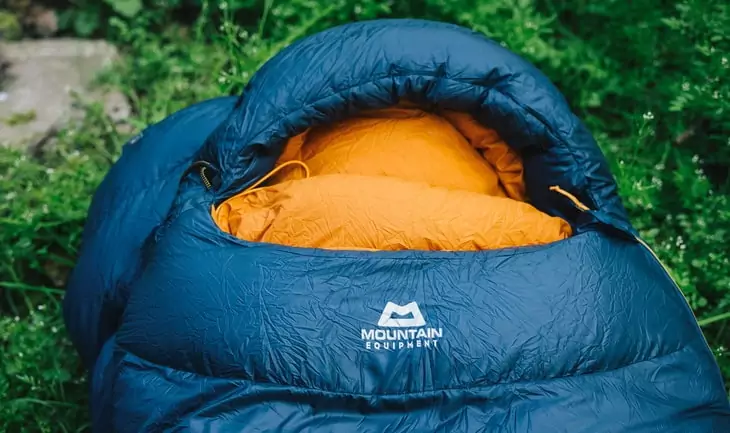
If you found our article useful, feel free to share it on social media so that your friends can read it as well. Also, if you have any questions or just want to share some of your experience with our readers, leave a comment in the comments section below.







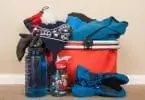
That’s quite unfortunate. You are not supposed to use bleach or fabric softeners when washing a down jacket. You should share the information from this article with your wife so as not to make a similar mistake next time.
I also prefer goose down simply because it has superior insulating properties, making it suitable for higher altitudes.